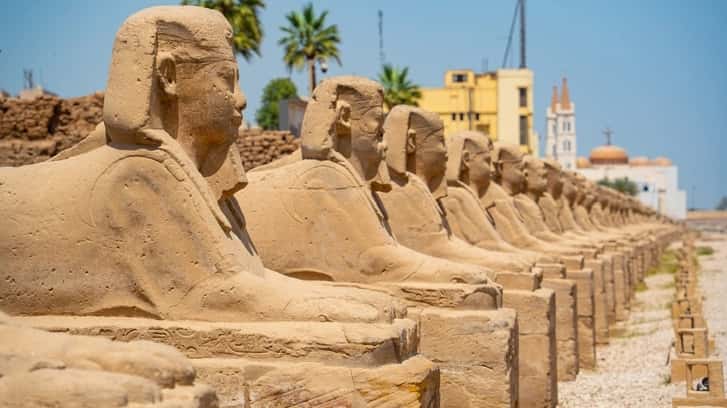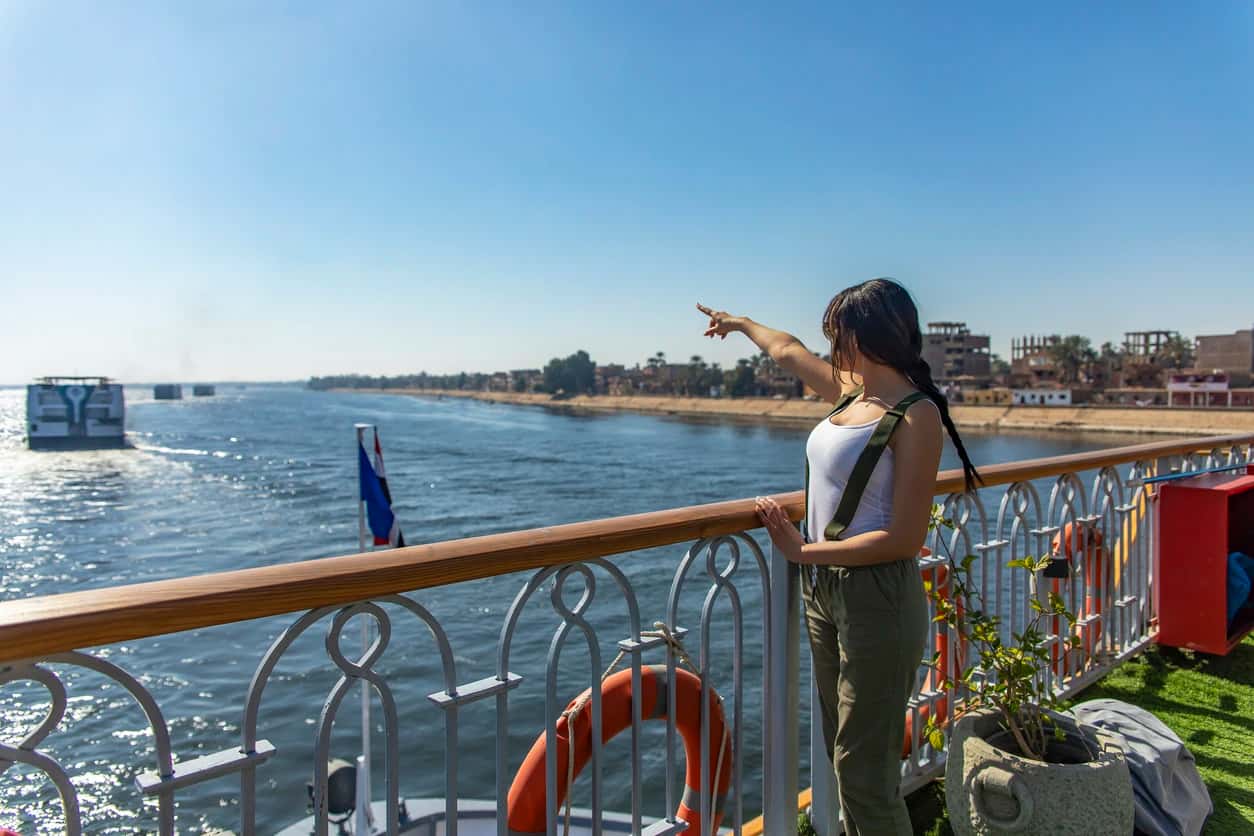
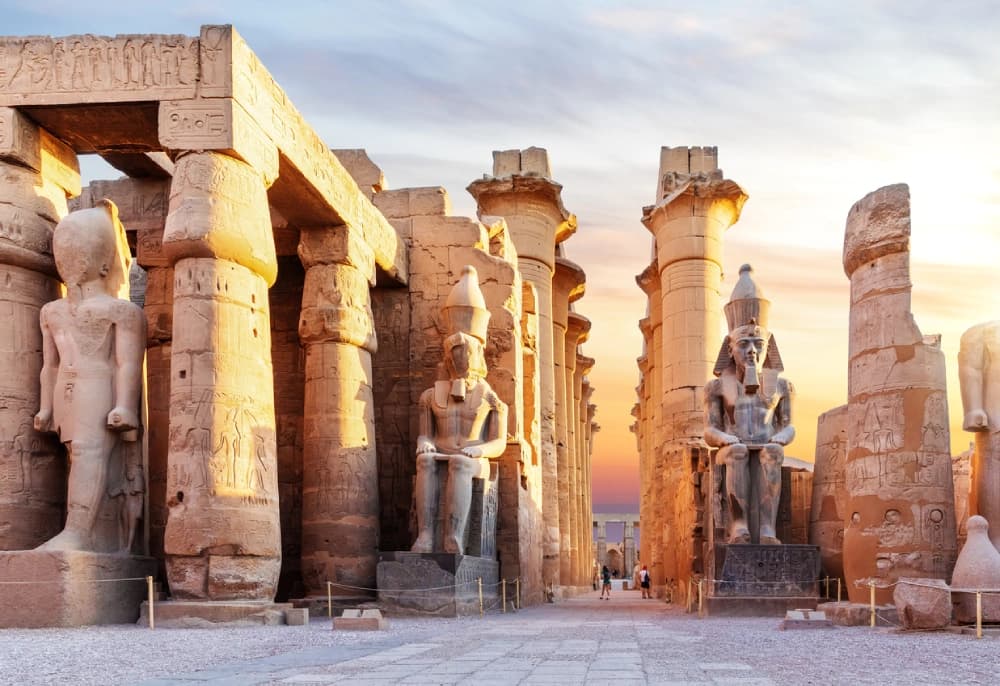
From sacred temples to colorful markets, the best things to do in Luxor bring the past to life. Travel back in time & explore Egypt’s most fascinating city.
1- Unveil the Secrets of Luxor’s Temples
2- Luxor’s Magnificent Tombs: A Peek into the Afterlife
3- Experience Luxor's Rich Culture and Local Charm
4- Cruising the Nile: A Must-Do Experience
5- Luxor’s Hidden Gems: Off the Beaten Path
6- Relax and Recharge: Luxor’s Tranquil Oases
7- Conclusion: Luxor, Egypt – Where Every Corner Holds a Story
8- FAQs
Luxor, often hailed as the world's greatest open-air museum, is a city that transports visitors back to the heart of ancient Egypt. With its towering temples, grandiose monuments, and rich cultural heritage, there’s no shortage of things to do in Luxor that will captivate the imagination. Whether you’re a history enthusiast, a culture seeker, or an adventure lover, Luxor promises an unforgettable journey into Egypt's glorious past.
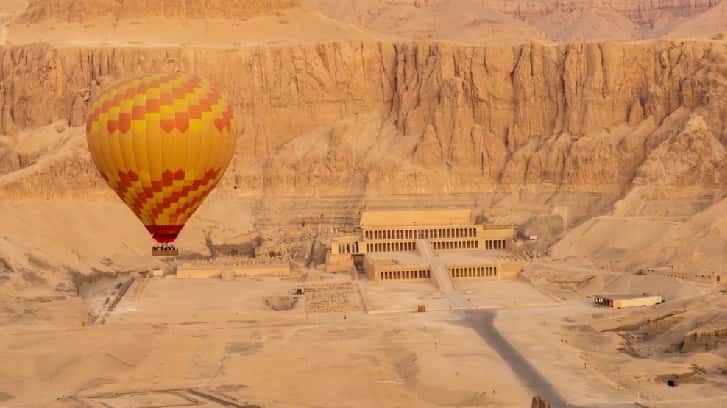
At the very heart of Luxor lies the magnificent Temple of Luxor. A marvel of ancient engineering, this temple once stood as the central hub for the worship of the god Amun. As you step through its towering pylons, you’ll find yourself immersed in the grandeur of Egypt’s most celebrated rulers. From the majestic avenue of sphinxes to the intricate carvings that adorn its walls, the Temple of Luxor is a must-see treasure that offers a window into the opulent world of Pharaohs.
Just a short distance from the Temple of Luxor is the awe-inspiring Karnak Temple, the largest religious building ever constructed. This sprawling complex features massive columns, grand statues, and sacred lakes, each telling the story of Egypt’s divine history. Visitors can marvel at the Great Hypostyle Hall, where towering columns rise to the heavens, creating a dramatic atmosphere that will leave you in awe.
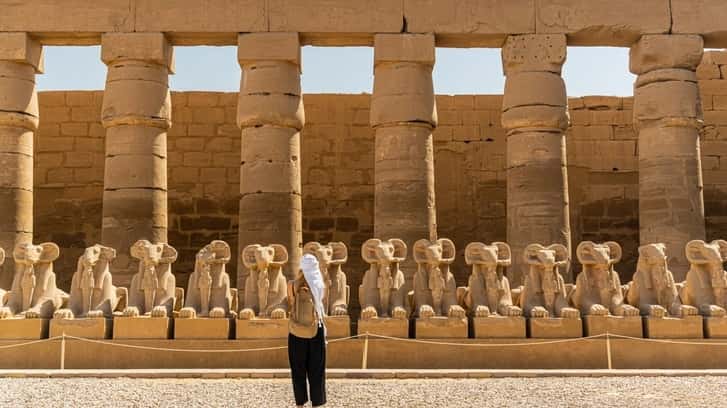
No trip to Luxor would be complete without a visit to the Valley of the Kings, where some of Egypt’s most iconic pharaohs, including Tutankhamun, were laid to rest. This vast necropolis, hidden in the desert hills, houses elaborate tombs adorned with stunning murals depicting the journey to the afterlife. Each tomb tells a story of wealth, power, and the belief in immortality. It’s a surreal experience to wander through these ancient corridors and gaze upon the intricate artistry that has survived thousands of years.
While the Valley of the Kings steals much of the spotlight, the Valley of the Queens offers just as much historical significance. Home to the tombs of royal women, including the famous Queen Nefertari, this valley is less crowded and equally enchanting. The murals here are some of the most vivid and well-preserved in Egypt, showcasing scenes of daily life, divine blessings, and the queen's journey into the afterlife.
Luxor Town, a lively blend of old and new, offers a delightful escape after a day spent exploring ancient sites. Stroll through the bustling souks, where the air is filled with the aromas of spices and incense, and the vibrant colors of handwoven textiles and crafts. The markets here offer everything from intricately designed jewelry to local handicrafts that make for perfect souvenirs.
In the evening, Luxor comes alive with captivating performances that celebrate Egypt’s rich cultural heritage. One of the best things to do in Luxor after sunset is to attend a traditional sound and light show at Karnak Temple. With dramatic lighting, mesmerizing music, and historical narration, you’ll feel as though you’ve stepped into a time machine, witnessing the stories of Egypt’s past unfold before your eyes. There are also traditional dance performances and folkloric shows that give you a taste of local life.
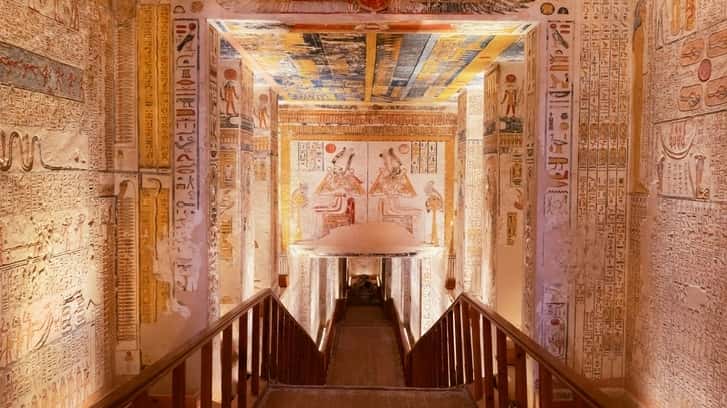
The Nile River has been the lifeblood of Egypt for centuries, and there’s no better way to experience Luxor than by cruising down this iconic waterway. You can take a traditional felucca boat ride at sunset, enjoying the cool breeze and breathtaking views as you pass by ancient temples and villages along the river. Or, if you're seeking a more luxurious experience, consider a river cruise that offers multi-day itineraries complete with gourmet dining, entertainment, and excursions to some of Egypt’s most famous sites.
If you're looking to escape the crowds, head to Medinet Habu, the temple of Ramses III. Known for its well-preserved carvings and stunning reliefs, this site offers an intimate experience of ancient Egyptian art and architecture. Unlike the more famous temples, Medinet Habu often sees fewer tourists, allowing you to take in its beauty in peace.
Another lesser-known gem, the Ramesseum, is a temple dedicated to the great Ramses II. This monument once boasted a colossal statue of the pharaoh, some of which still lie in fragments. The site’s faded but striking reliefs illustrate the might and accomplishments of one of Egypt's greatest rulers.
After exploring Luxor’s grand monuments, make time for a visit to the Luxor Museum. Located near the Temple of Luxor, this museum houses an impressive collection of artifacts from the area, including statues, jewelry, and mummies. It’s a great place to learn more about the ancient city’s history and see some of the treasures discovered in the area.
For a more tranquil experience, take a boat ride to Kitchener’s Island, a lush garden island located in the Nile River. Once the private garden of a British official, the island is now a peaceful retreat filled with exotic plants and colorful flowers. It’s the perfect spot to unwind and take in the natural beauty of Luxor.
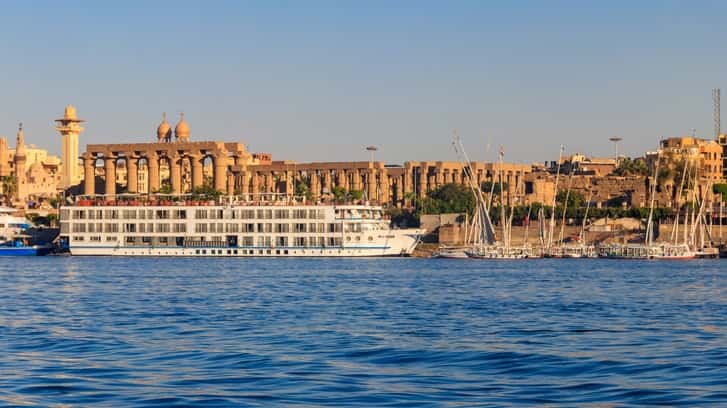
From the awe-inspiring temples and tombs to the vibrant town life and peaceful Nile cruises, Luxor offers endless opportunities for discovery. This city is a treasure trove of ancient wonders and modern-day charm, making it a must-visit destination for anyone seeking to uncover the mysteries of Egypt’s past. Whether you’re a history buff, an adventure seeker, or simply looking for a unique cultural experience, there are countless things to do in Luxor that will leave you in awe of this timeless city.
The best time to visit Luxor is during the cooler months, from October to April, when temperatures are more comfortable for exploring the outdoor sites.
Top attractions include the Temple of Luxor, Karnak Temple, Valley of the Kings, and a Nile River cruise. Don't forget to explore the local markets and enjoy a Luxor show!
A 3-4 day trip is ideal to explore the main attractions, but if you're interested in more in-depth exploration or want to take a Nile cruise, consider staying a little longer.
Absolutely! Luxor is family-friendly, with many temples and attractions that children will find fascinating. The Luxor Museum and Nile boat rides are great for younger travelers.
Yes, Luxor is considered safe for tourists. As with any destination, it's always wise to take standard travel precautions and stay informed about the local area.
Yes, Luxor offers enchanting evening experiences. You can watch the Karnak Sound and Light Show, which brings ancient stories to life through dramatic illuminations. Taking a sunset felucca ride on the Nile is another popular activity, offering serene views of the city's waterfront monuments.
Step into the land of pharaohs & discover the top things to do in Luxor, from royal tombs to colossal temples, and colorful souks
